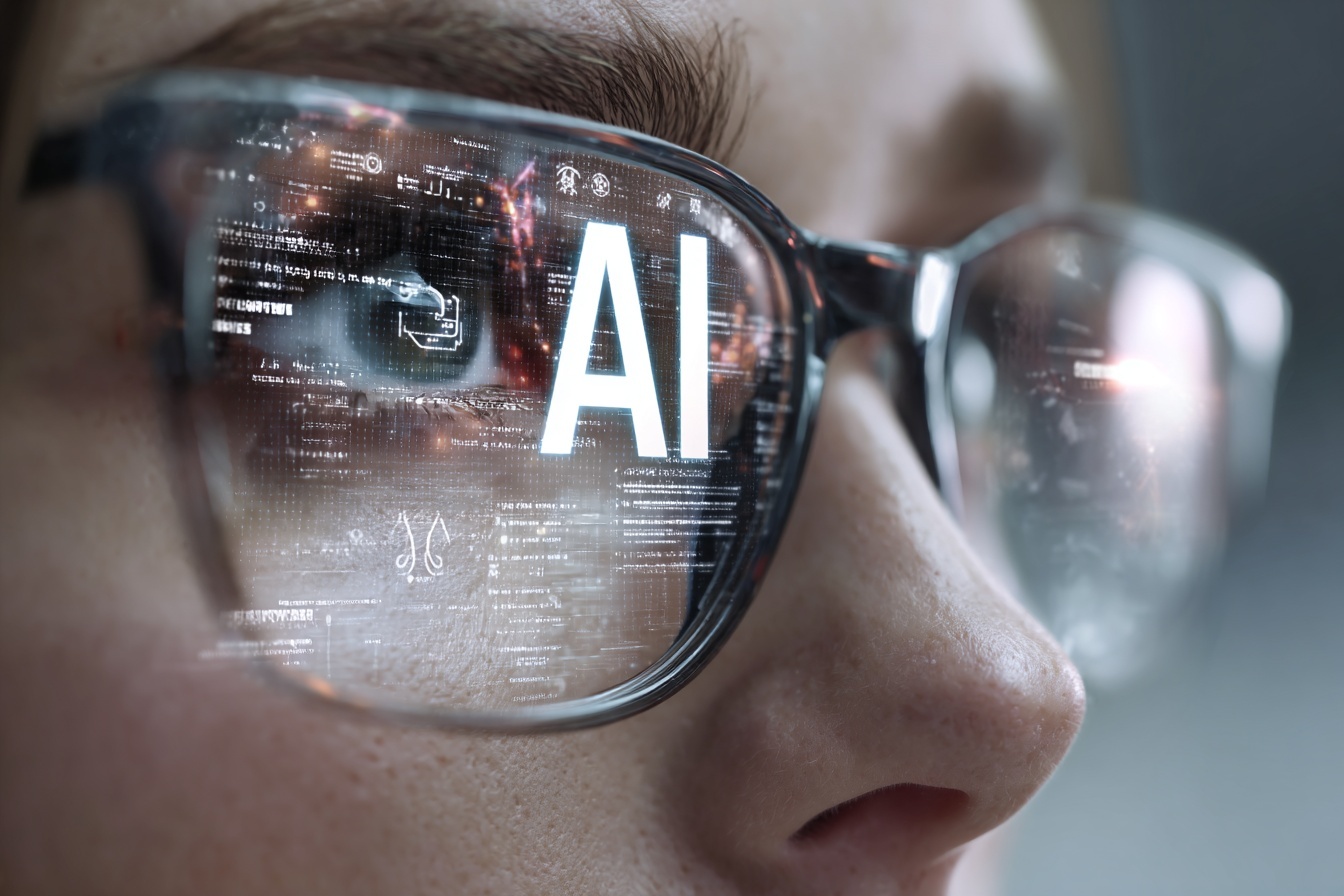By Futurist Thomas Frey
My colleague was debugging code with Claude last week when something odd happened. She asked the AI to explain why it had chosen a particular solution approach. Instead of immediately defending its choice, Claude paused (well, the digital equivalent of pausing) and wrote: “Actually, now that you ask, I’m not certain this was the optimal approach. Let me reconsider the tradeoffs I made…”
She stared at her screen. The AI had just second-guessed itself. Not because she’d pointed out an error, but because the act of explaining its reasoning had apparently caused it to… reflect? Reconsider? Think about its thinking?
“It was introspecting,” she told me, still sounding unsettled. “I swear it was actually introspecting.”
Continue reading… “The Introspection Test: When AI Started Thinking About Its Thinking”












